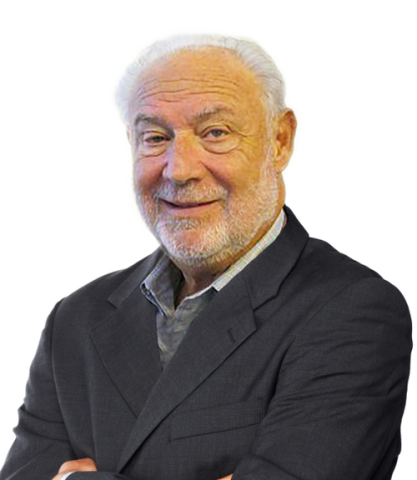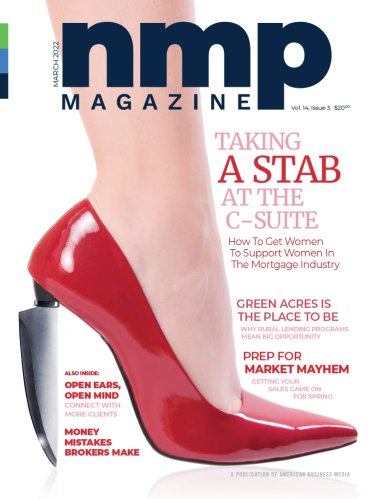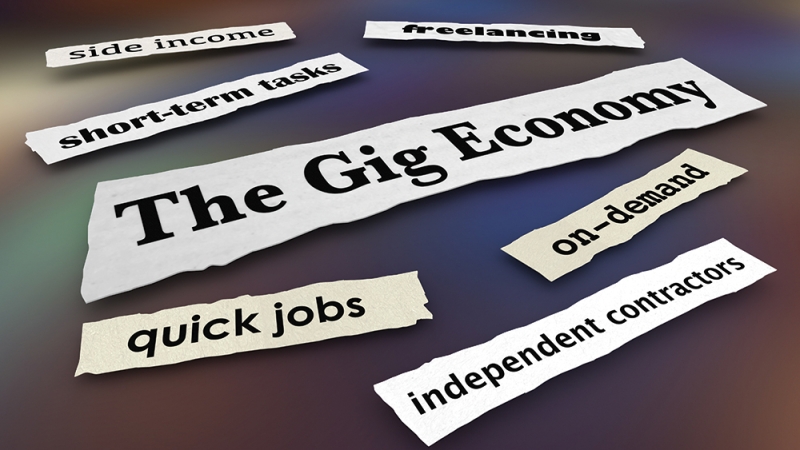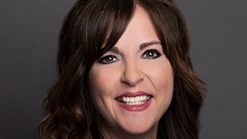When the late night talk-TV hosts start joking about Fannie Mae and Freddie Mac — as they did after the housing meltdown in 2008 and beyond after the two secondary market enterprises would have gone belly up had they not been bailed out by Congress — you know they have reached the public consciousness.
But there are two other federal housing programs hardly anyone in the general public knows about. One is from Farmer Mac, a government-sponsored outfit similar to Fannie and Freddie. The other is from the Department of Agriculture. Not only do most people not know about these alternative lending options, most mortgage professionals don’t talk them up. But they should.
Heartland Lending
Both are aimed at “rural” home buyers (and refinancers). And that’s key. Places like New York City have made a comeback, for sure. According to reports from Big Apple brokerages, Manhattan real estate enjoyed a banner year in 2021. The fourth quarter alone was one of the most potent on record, with $8 billion in sales on an 89% increase in closings. But the data suggests people are still moving out, not in.
For example, nearly 90% of agents polled by the National Association of Realtors said their buyers are heading to the suburbs, small towns and rural communities. And while the gap that favored lower density locations over higher density markets has shrunk somewhat of late, the National Association of Home Builders reports, the exurbs of large metropolitan areas still are recording the highest growth rates for its members.
Combine that with the latest from United Van Lines, which tracks its customers’ state-to-state migration habits, and you can see why you might want to give the USDA and Farmer Mac a look-see, if you haven’t already. Vermont had the highest percentage of in-bound locations, followed by South Dakota, South Carolina, West Virginia and Florida. On the flip side, spots like Illinois, New York and Connecticut registered the most outbound movers.












